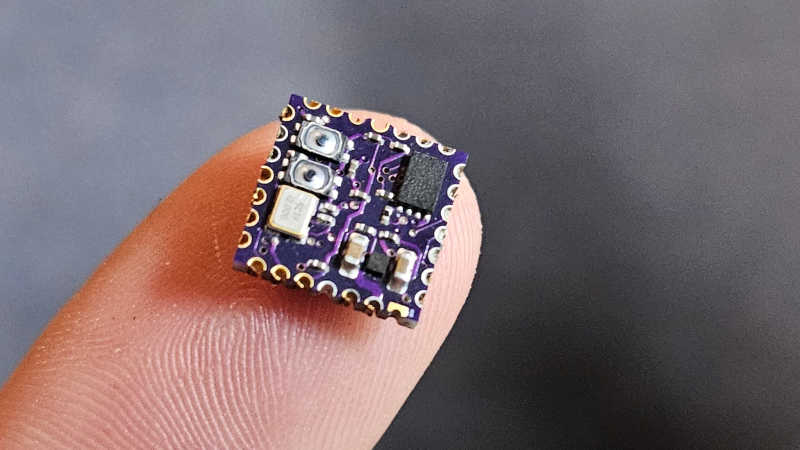
With a net dimension of 10x10mm, William Herr’s RPDot board makes headlines as the smallest RP2040 board in the market.
When it comes to dimensions the RP2040 IC only measures 7x7mm, while the overall dimensions of the board extend to 10x10mm. According to a recent hackday post by William Herr “I got the idea from Solder Party’s RP2040 Stamp, but I thought that it could be designed smaller.” In that post, he also said, “I settled on 10×10mm because of the ability to route traces around the RP2040 and have some room for castellated edges.”
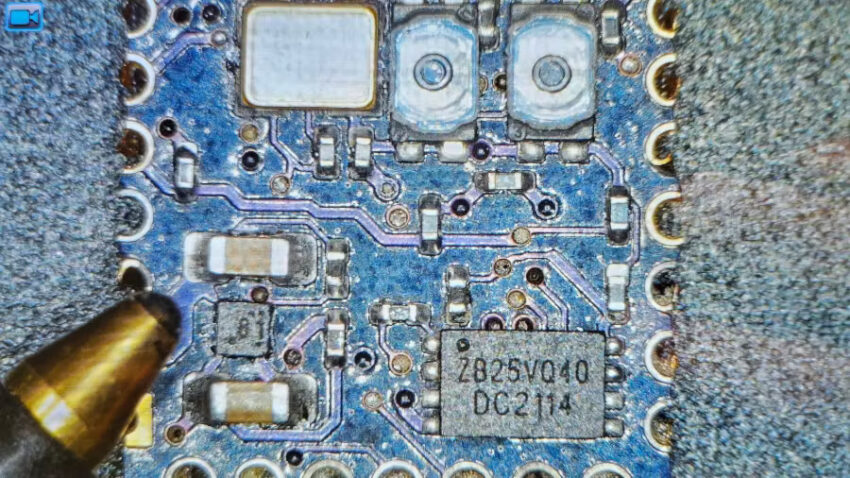
Resistor capacitors and voltage regulators are the most significant components in any electronic design so choosing them was an issue. Still, before designing the board, it was inevitable that with 0201-sized parts, this board would be possible to build. But the biggest hardel in the circuit was the voltage regulator, so in his article, he had to choose a 3.3V 300mA regulator with a footprint of (1mmx1mm).
At the start of the design process, it was evident that the board would be at least a 4-layer board, but, in hindsight, it would have been much better as a 6-layer board. But the price of a 6-layer board was much too high for a single prototype. So a four-layer board it was. But to make the board work he had to break certain design conventions. to compensate for the reduced layer count he had to add a few traces into the GND plane.
Another challenge for the board design was to choose which pins go on to the castillated edges. After careful consideration, the SWD, all power lines, USB, and all ADC pins are chosen to go onto the edge. Other than that there are also some digital pins that are close to the edge.
The result is a tiny, hand-assembled, surface-mountable stamp module, making the RP2040 Stamp seem huge in comparison. It was assembled using a stencil, ancient lead-free solder paste, a hot plate, a 3D-printed jig, and a hot-air station. More details and updates can be found on the engineer’s Hackaday.io page.





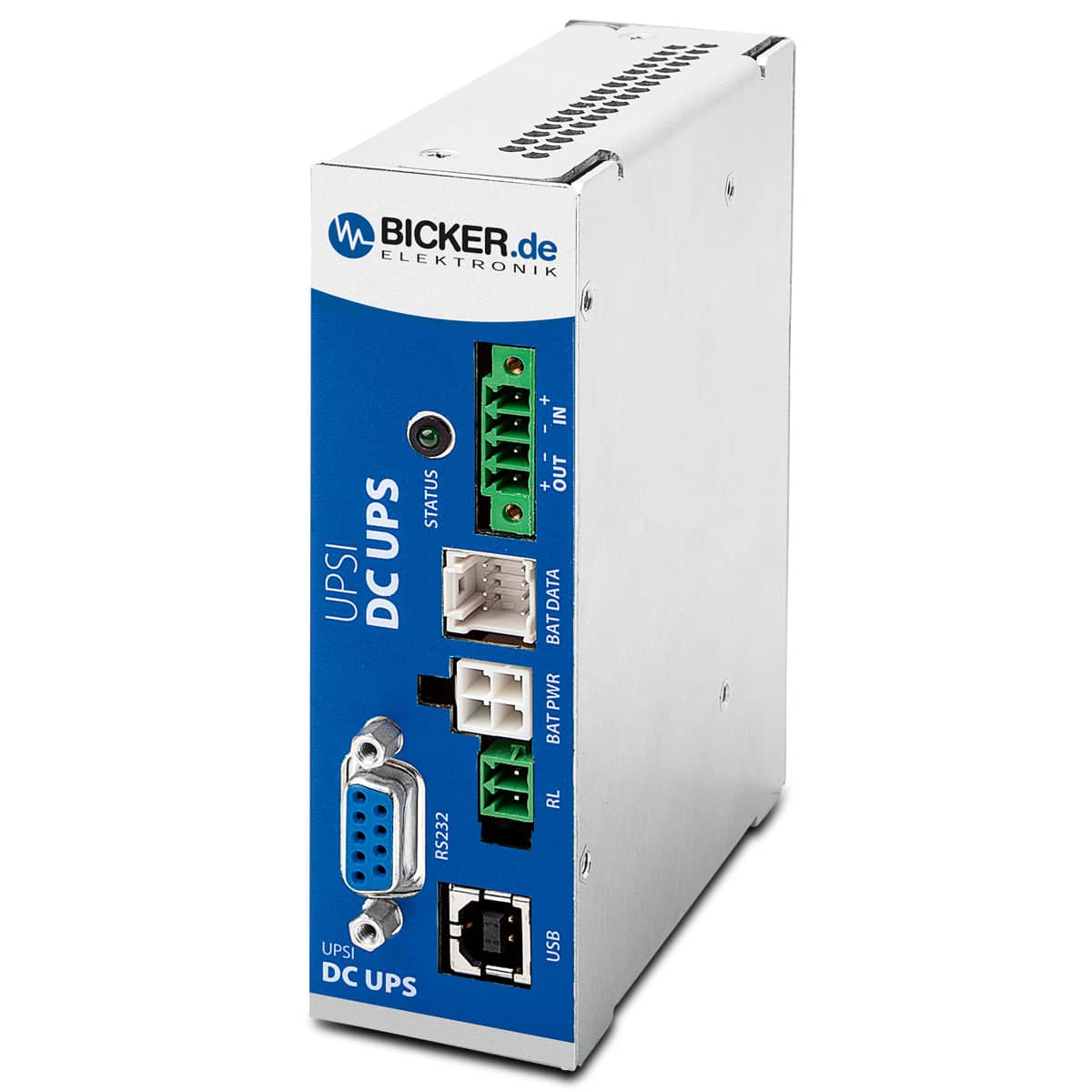
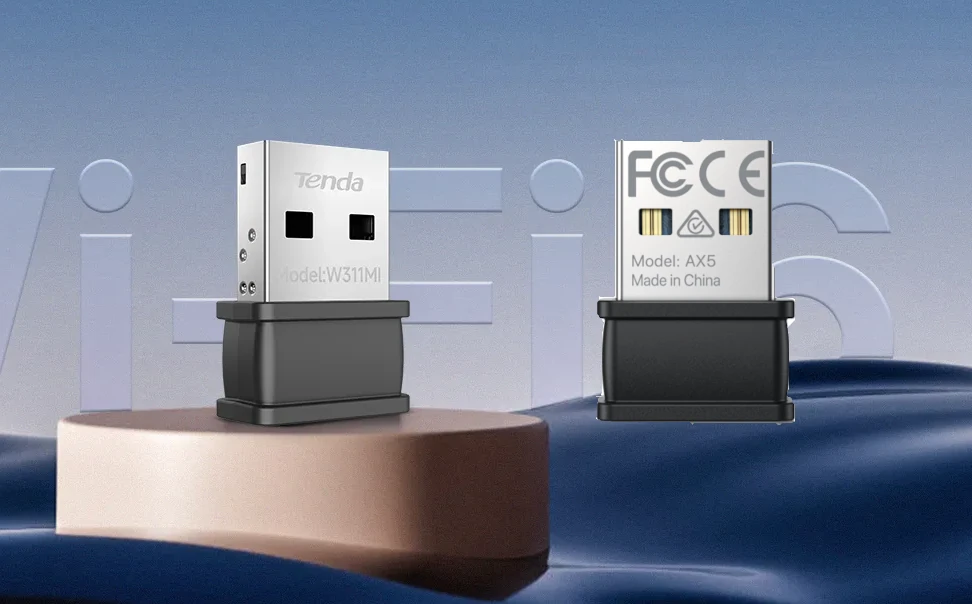
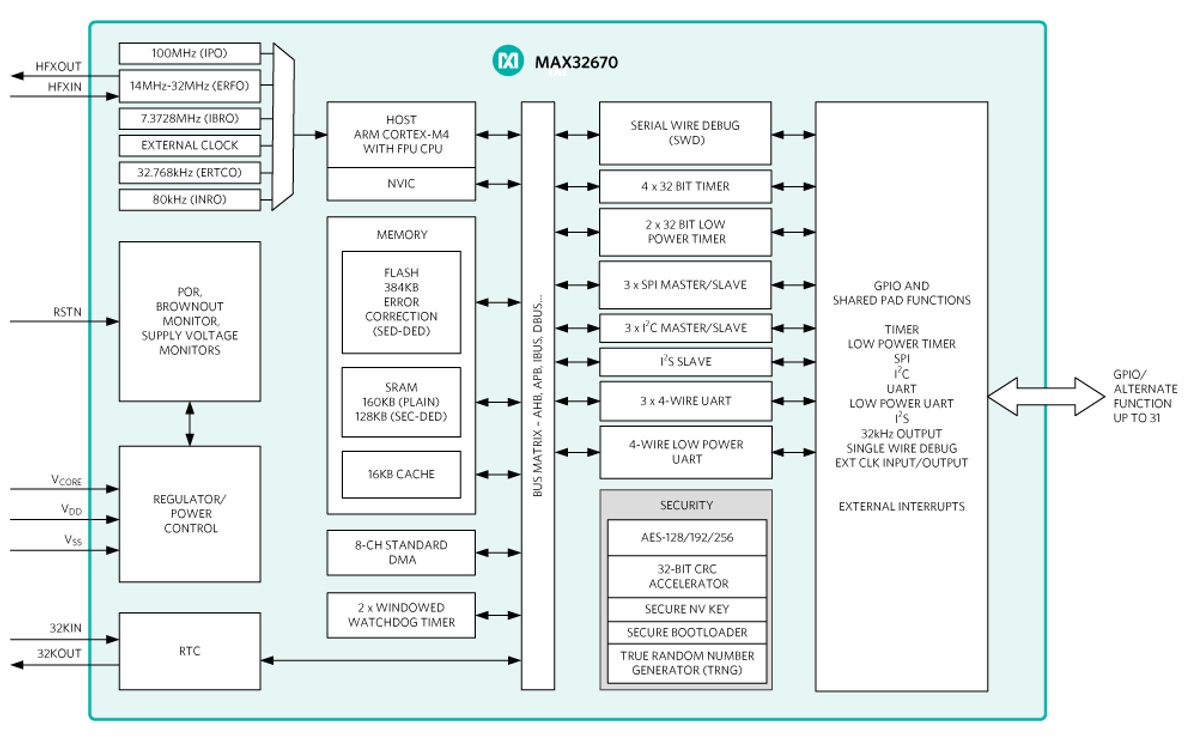
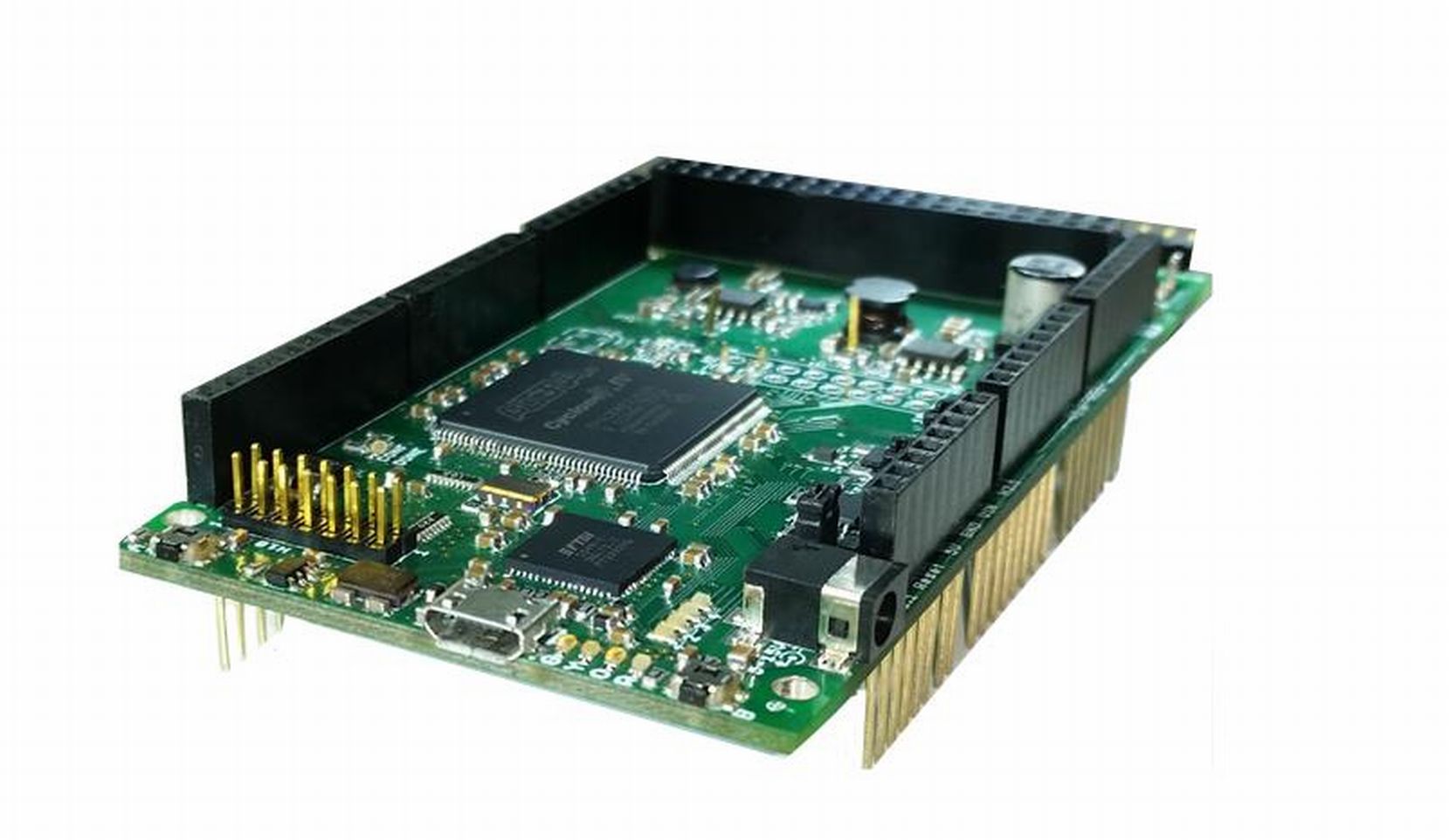
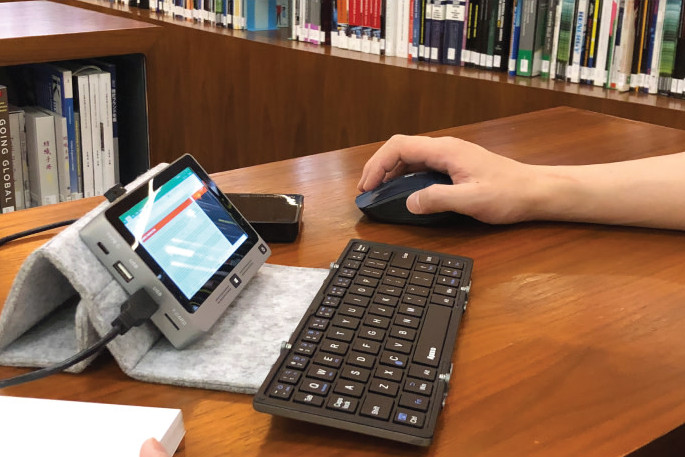
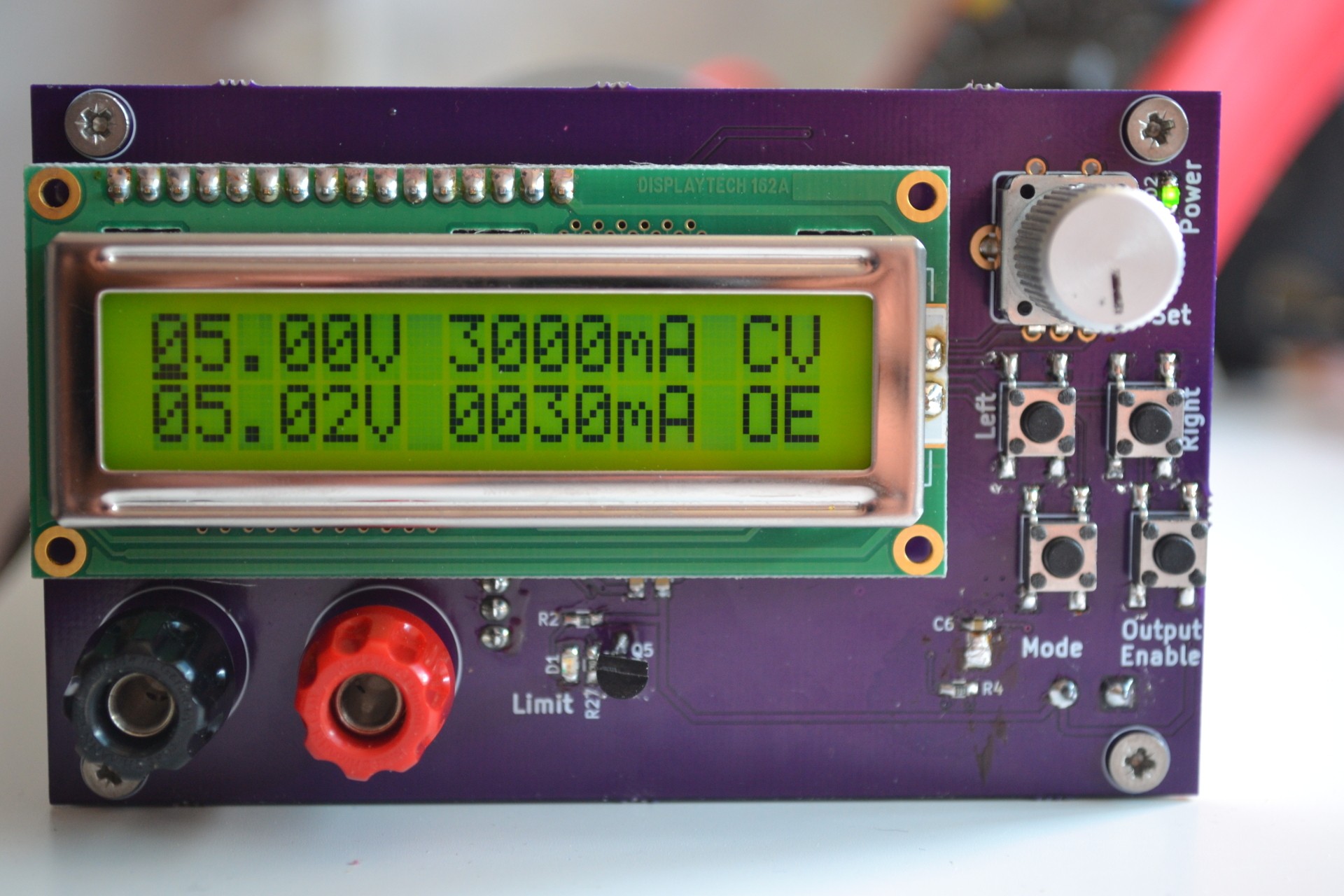







Good to show engineers what is possible from a compactness point of view but I think it will not be very easy to use it in an application due to the assembly challenges.
I wish RP2040’s next variant comes with an inbuilt Flash.